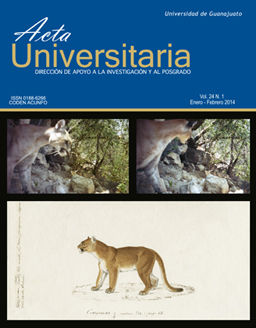Abstract
By virtue of the fact that social work is immersed in public policy and social programs that target vulnerable, marginalized or excluded groups, it is necessary to analyze its commitment considering that it relates to the management of the treatment of illness and rehabilitation in health sector institutions. In this regard, the objective of this study was to establish the reliability and validity of an instrument for measuring occupational commitment (22 items out of a total of 35) in the health sector. For this purpose, we used a nonrandom sample of 125 social work professionals with experience in implementing social programs and monitoring of institutional strategies for health promotion. We established normality (kurtosis = 7,272; bootstrap = 0,000), reliability (alpha = 0,673) and validity (KMO = 0,875, X2 = 12,156; 11gl, p = 0,000) on a scale that measured occupational commitment. A structural model was established in which reflective commitment to the institution was positively related to work engagement (β = 0,91). The residual fit indices corroborated the hypothesis of multidimensionality of work commitment (X2 = 17,000; 13 gl, p = 0,000, GFI = 0,975, NFI = 0,975, CFI = 0,985, RMSEA = 0,009).

